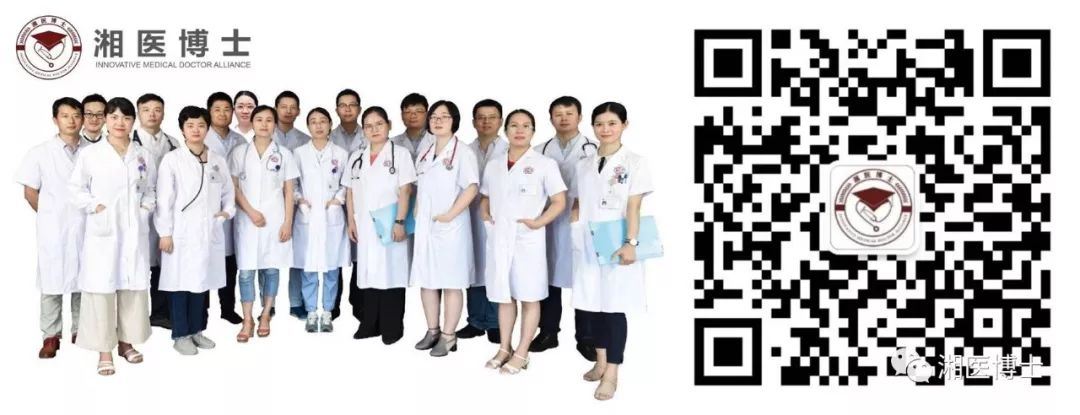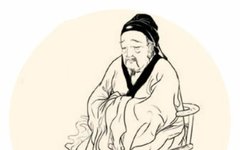Dr. Xiang Medical Expert, Your Medical Specialist。
Written by | Zhang Ziyi, Master’s in Acupuncture and Rehabilitation
Institution | Hunan Provincial People’s Hospital
Edited by | Dr. Xiang [email protected]
Disclaimer:This article was first published on the Dr. Xiang WeChat public account and may not be reproduced without authorization.
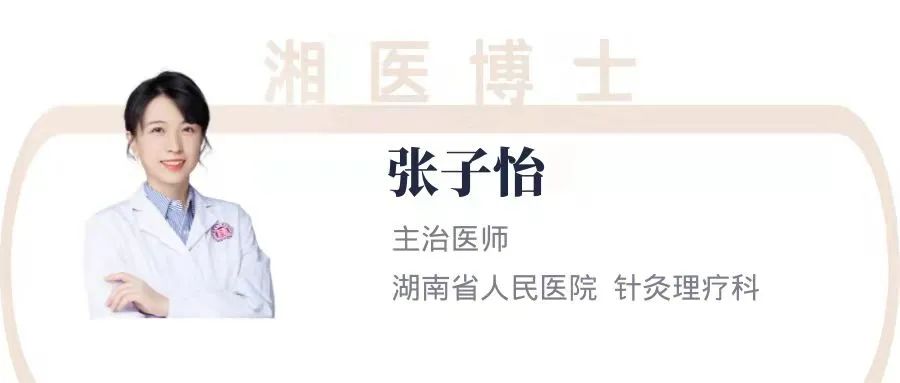
 Patients often ask me, “Dr. Zhang, I see that this medication states ‘clears heat and detoxifies, reduces swelling and benefits the throat.’ I feel a bit cold, have a runny nose, sneeze, and cough. Can I take this medicine? This medication states ‘disperses wind and expels cold, releases the exterior and clears heat.’ Is it suitable for my symptoms?”
Patients often ask me, “Dr. Zhang, I see that this medication states ‘clears heat and detoxifies, reduces swelling and benefits the throat.’ I feel a bit cold, have a runny nose, sneeze, and cough. Can I take this medicine? This medication states ‘disperses wind and expels cold, releases the exterior and clears heat.’ Is it suitable for my symptoms?”
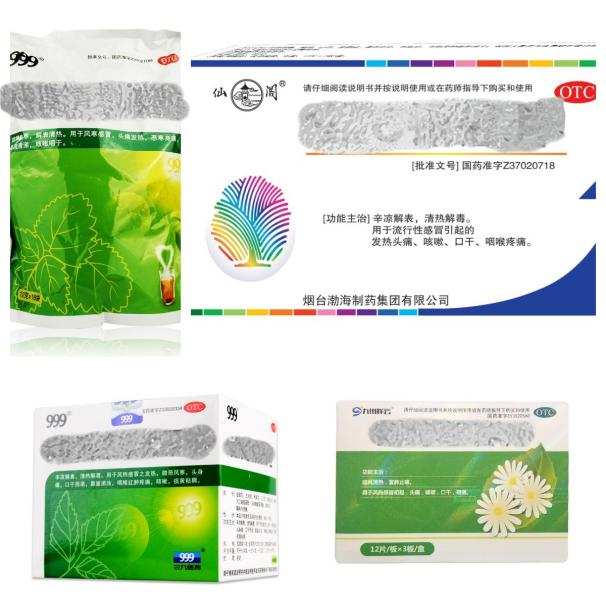
Image source: Internet
How can we distinguish between cold and heat in our diseases? This is the topic I want to share with you today, to help everyone choose the most suitable medication for their conditions without needing to go to the hospital. Often, it is not that the medication is ineffective, but rather that you have not chosen the right remedy for your symptoms.
Many of you may have heard of the phrases “treat cold with heat” and “treat heat with cold.” “Treat cold with heat” refers to the method of using warming herbs or measures to treat cold-type diseases; “treat heat with cold” refers to the method of using cooling herbs or measures to treat heat-type diseases.
In TCM treatment, there are also concepts of “treating cold with cold” and “treating heat with heat.” “Treating cold with cold” refers to using cooling herbs or measures to treat false cold symptoms; “treating heat with heat” refers to using warming herbs or measures to treat false heat symptoms. At first glance, this seems to contradict the earlier statements of “treat cold with heat” and “treat heat with cold.” Why is that? Let’s discuss this in detail.
1. Cold Syndrome
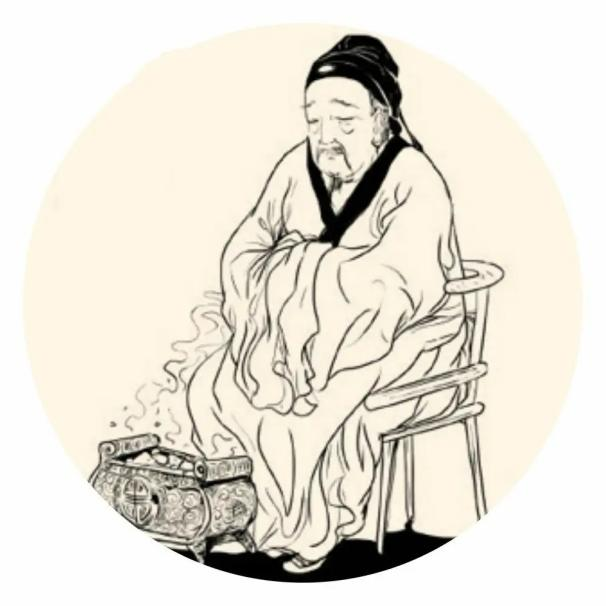 Image source: InternetCommonly characterized by symptoms such as “cold,white,thin,moist,quiet” and others.
Image source: InternetCommonly characterized by symptoms such as “cold,white,thin,moist,quiet” and others.
- Preference for cold/heat: aversion to cold, preference for warmth;
- Four limbs temperature: cold;
- Thirst: not thirsty;
- Phlegm, nasal discharge, saliva characteristics: clear and thin;
- Urine: clear and long;
- Stool: loose;
- Complexion: pale;
- Mental state: prefers curling up;
- Tongue appearance: pale tongue with white and moist coating;
- Pulse: tight or slow.
2. Heat Syndrome
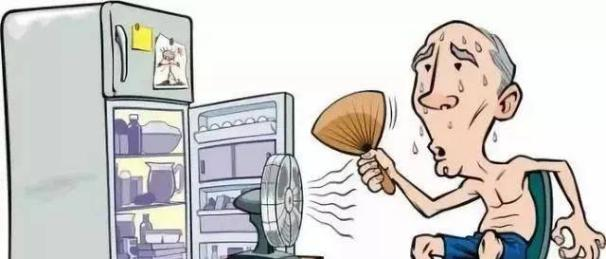 Image source: Internet
Image source: Internet
Commonly characterized by symptoms such as “heat,red (yellow),thick,dry,agitated” and others.
-
Preference for cold/heat: aversion to heat, preference for cool;
-
Four limbs temperature: hot;
-
Thirst: thirsty, prefers cold drinks;
-
Phlegm, nasal discharge, saliva characteristics: yellow and thick;
-
Urine: short and yellow;
-
Stool: dry and hard;
-
Complexion: red;
-
Mental state: agitated.
-
Tongue appearance: red tongue with yellow and dry coating;
-
Pulse: rapid.
3. True and False Cold and Heat
Generally speaking, cold syndrome presents cold signs, while heat syndrome presents heat signs. However, as diseases progress, one may also encounter “true heat with false cold” and “true cold with false heat” syndromes.True heat with false cold syndrome: This refers to a condition where the essence of the disease is heat, but some external symptoms present as cold signs. For example, a patient with internal heat may exhibit symptoms such as burning sensation in the chest and abdomen, thirst with a preference for cold drinks, short yellow urine, red tongue with yellow coating, etc., but may also present with cold limbs and a slow pulse. However, these cold signs do not completely align with those of cold syndrome; although the patient feels cold in the limbs, the chest and abdomen remain hot; although the pulse is slow, it is still strong upon palpation.True cold with false heat syndrome: This refers to a condition where the essence of the disease is cold, but some external symptoms present as heat signs. For example, a patient with internal cold may exhibit cold limbs, clear and long urine, loose stools, pale tongue with white coating, weak pulse, etc., but may also experience subjective heat sensation, red complexion, agitation, thirst, and rapid pulse. However, these heat signs differ from those of heat syndrome; although the patient feels hot, there is no burning sensation in the chest and abdomen, and they may even want to wear more clothes; although the complexion is red, it is only the cheeks that are flushed; although they feel agitated, they also feel fatigued; although they are thirsty, they prefer hot water.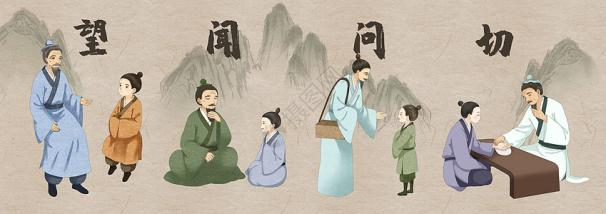 Image source: Internet
Image source: Internet
Thus, we can see that simply distinguishing diseases based on cold and heat can actually be categorized into cold syndrome, heat syndrome, true heat with false cold syndrome, and true cold with false heat syndrome. This explains the earlier mentioned concepts of “treat cold with heat,” “treat heat with cold,” “treating cold with cold,” and “treating heat with heat.” The latter two syndromes are more complex than cold and heat syndromes and often occur in the later stages of disease or in critical conditions, requiring doctors to accurately diagnose through the four diagnostic methods: observation, listening, inquiry, and pulse examination.
Therefore, it is important to carefully observe your symptoms and monitor the progression of your condition. If after a few days of self-medication your condition does not improve or worsens, do not stubbornly endure at home; seeking medical attention is the responsible approach to take for your health.
Compiled by the Reproductive and Obstetrics Expert Team of Dr. Xiang(Original price 38 yuan, discounted price 25.65 yuan)
